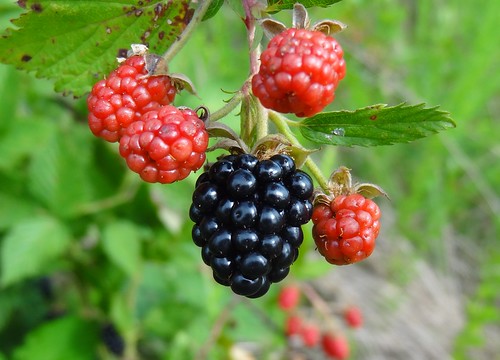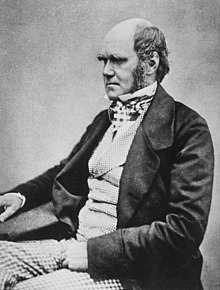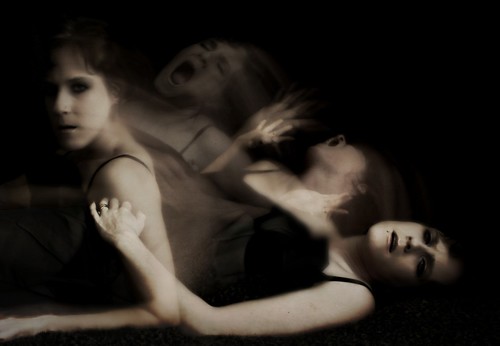 |
| Which one would you choose? |
A basic survival behaviour since the dawn of human existence has been food seeking or foraging. Humans have long had to make mental calculations about how much time and energy to devote to food seeking. In those days it was calories rather than money that were the real currency. If it took you all day to find food that provided only a meagre number of calories then you would not live very long before starvation would set in. To survive one would have to find food that took less time and effort to find by seeking out a better alternative food - one requiring less time and energy to find and prepare before eating.
So food seeking, food finding and food selecting are behaviours key to who and what we are. An obvious example is berry picking. When picking berries one is automatically drawn to pick those which are largest and most ripe. The choice is simple - the bigger and riper the berry means the more calories they possess. Efficiency of effort is served by selecting these over smaller and less developed berries.
For anyone who has ever pulled hair to obtain hair roots some of these notes on berry picking should be familiar. Hairs are selected from certain favoured parts of the scalp where the likelihood of extracting a fatty root is most high. Commonly this is from the vertex or crown region. As hairs in a favoured region become depleted the puller will start to pull from new areas. This again makes sense in the context of food foraging because once one area becomes depleted of food the forager moves on to where berries are more plentiful and can therefore maintain a high rate of return in relation to energy expended.
It would seem that the same mental algorithms that serve foraging may well serve hair pulling too, suggesting that trichotillomania is a behaviour that utilises key mental processes that normally serve to promote our survival.
For me, hair pulling is a behaviour that is ancient and which can be traced all the way back to the earliest medical records penned by Hippocrates. It is a behaviour from which hair pullers derive great comfort and involves selecting the 'right' hair - one that will yield a satisfying texture and a healthy fatty root. The final process of eating the root makes the comparison with food seeking (e.g. berry picking) natural to make.
By seeing a disorder as a distortion of normal behaviour rather than a behaviour that has no relevance or value within the normal repertoire allows us to recognise it as fundamentally human and comprehensible.


